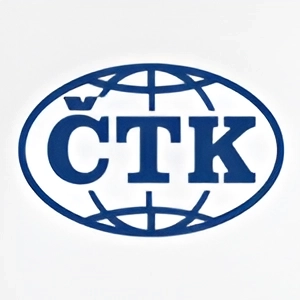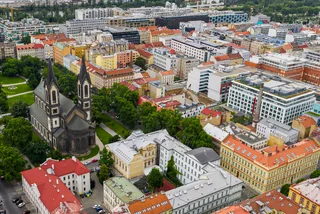Unemployment in the Czech Republic rose to 4.3 percent in January, up from 4.1 percent in December. While this increase aligns with seasonal trends, it also points to deeper shifts in the country’s labor market. So, what does this mean for job seekers and the economy?
In January, 320,516 people were unemployed—14,038 more than in December. Meanwhile, job vacancies dropped significantly from 246,573 in December to 83,323 in January. This sharp decline highlights the difficulty companies face in finding the right talent.
A key factor in this decrease is the Czech Labor Office’s new policy to remove job offers older than six months, aiming for a more accurate and current view of available positions.
Regional variations
Unemployment rates vary across the country, with Prague having the lowest rate at just 2.8 percent, while the Ústí nad Labem region topped 6.4 percent. Some districts, like Most and Karviná, saw rates above 8 percent. On the other hand, areas like Zlín and Mladá Boleslav reported rates below 3 percent.
Despite the overall drop in vacancies, some regions are still experiencing strong demand for workers. On average, there are 3.8 job seekers for every available role, with the highest vacancy numbers in Karviná, Sokolov, and Děčín.
Interestingly, 72.3 percent of available roles require basic or lower education, and 68.6 percent are open to foreign workers, signaling a demand for entry-level positions and international applicants.
Shifting unemployment trends
The structure of the unemployed population is changing. The percentage of people unemployed for less than three months has dropped by 3.6 percentage points to 33.2 percent, while long-term unemployment has risen, now making up 30.7 percent of the unemployed—up by 2.3 percentage points.
While seasonal factors contribute to January’s increase, broader economic shifts are at play.
“Industrial companies are struggling with high energy costs and low demand, partly due to the economic decline in Germany. The threat of global tariff wars adds further uncertainty, negatively impacting the Czech industry and labor market,” says Lukáš Kovanda, chief economist at Trinity Bank.
MÃra nezamÄ›stnanosti vyskoÄila nejvýše od roku 2017, vynecháme-li specifické obdobà vrcholu covidové pandemie. Průmysl snižuje stavy kvůli drahým energiÃm a slabÅ¡Ã poptávce
— Lukáš Kovanda (@LukasKovanda) February 10, 2025
MÃra nezamÄ›stnanosti v ÄŒesku v lednu poskoÄila na 4,3 procenta, z prosincové úrovnÄ› 4,1 procenta. MÃra… pic.twitter.com/uv9yt3KTZJ
Experts predict unemployment may rise slightly in the coming months, in line with economic slowdowns in Czechia and neighboring Germany.
Despite the uptick, Czechia’s unemployment rate remains among the lowest in the EU, offering a relatively stable outlook amid a turbulent global economy.













 Reading time: 2 minutes
Reading time: 2 minutes 
























